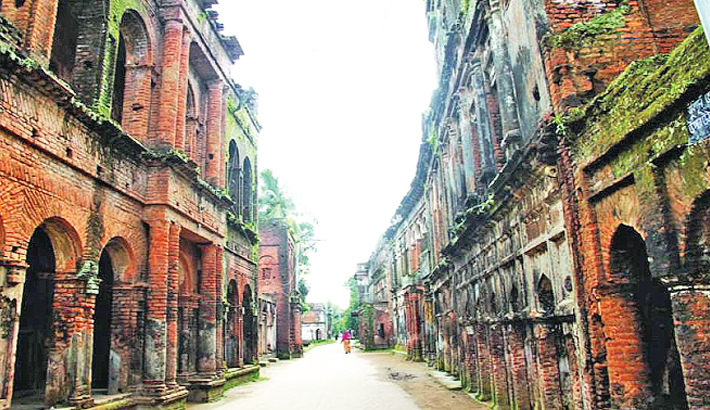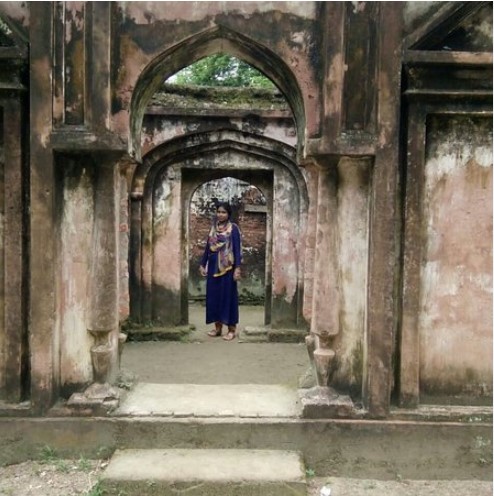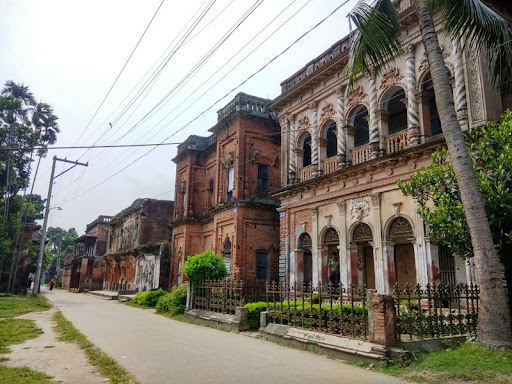Panam Nagar: A Glimpse into the Past of Bengal




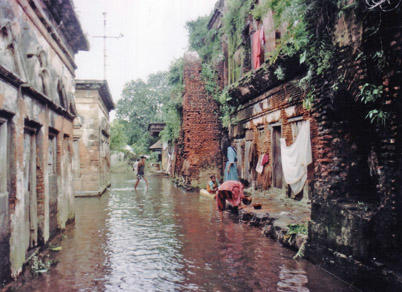

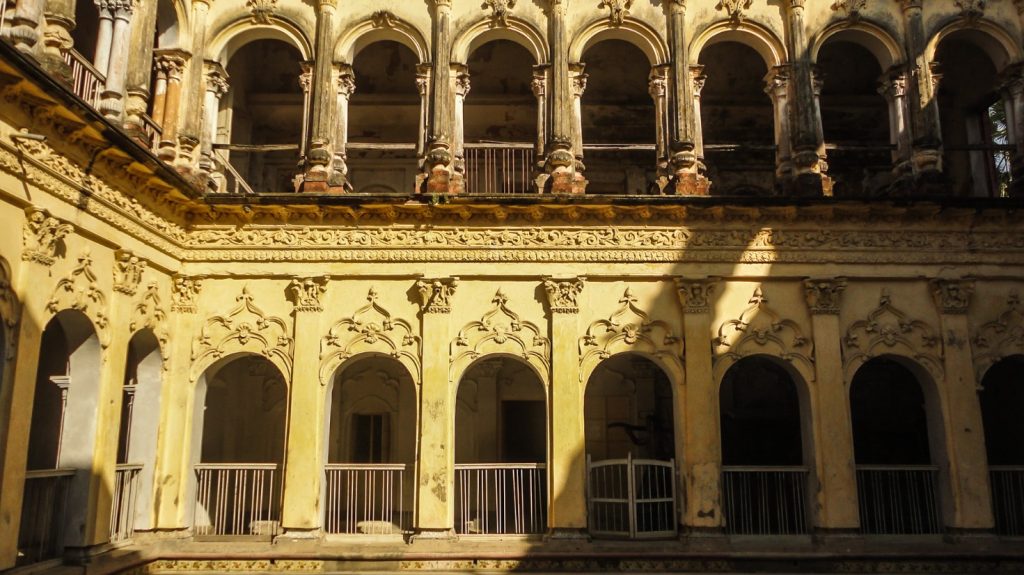
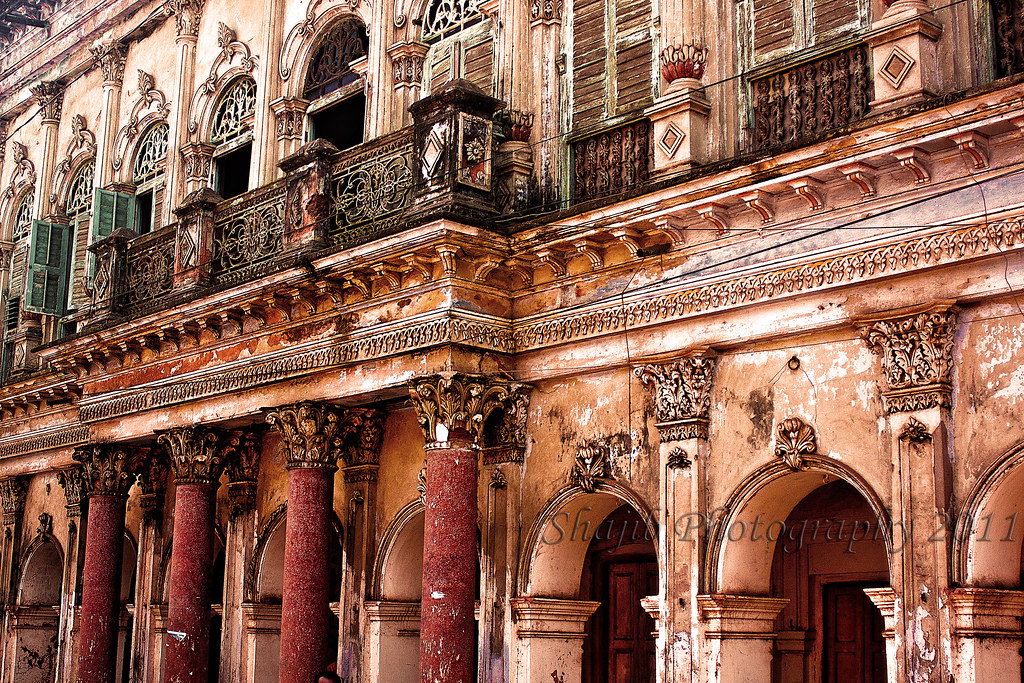


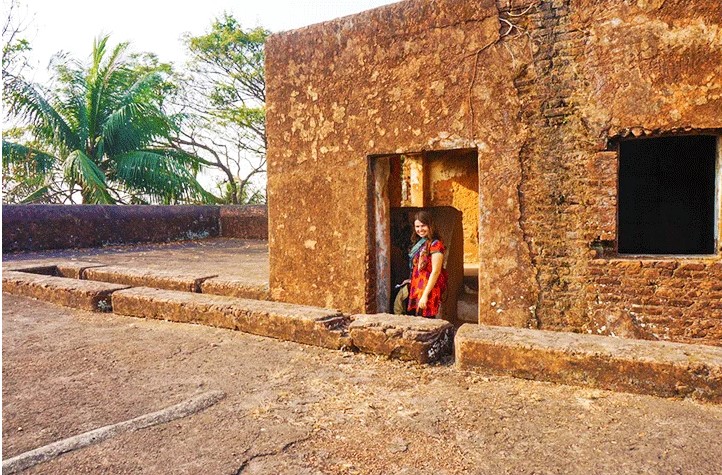
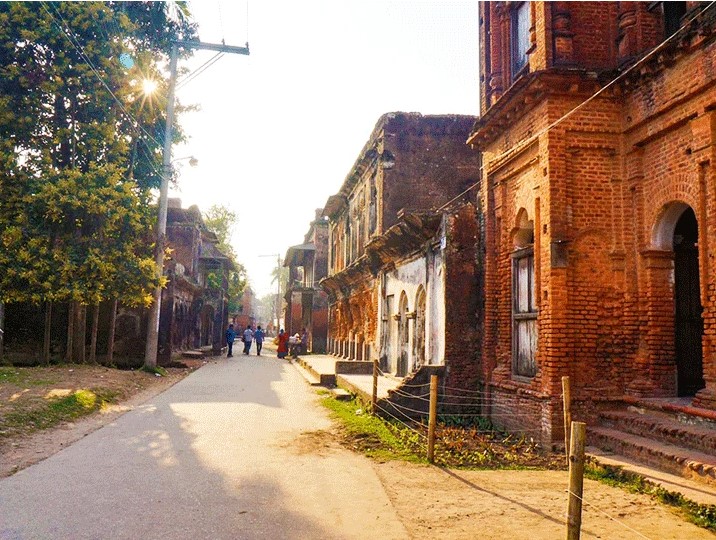
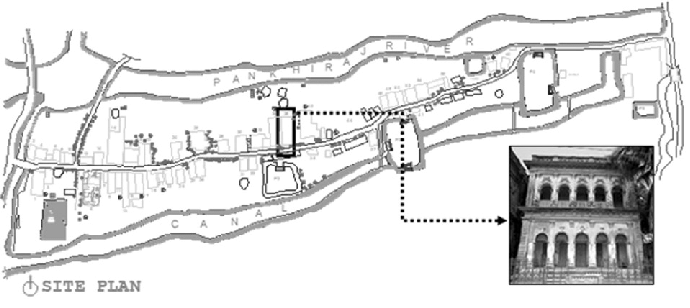



Panam Nagar, located in the Sonargaon area of Narayanganj District, Bangladesh, is a striking reminder of the country’s rich historical and cultural heritage. Often referred to as the “ghost town,” Panam Nagar stands as a symbol of the prosperous past of Bengal, particularly during the medieval and early modern periods. The town, with its blend of architectural styles and the remnants of its vibrant past, provides a unique window into the socio-economic and cultural dynamics of Bengal over the centuries.
Historical Background
Panam Nagar is situated within the broader historical region of Sonargaon, which served as a significant administrative and commercial center during various periods of Bengal’s history. Sonargaon was one of the most important cities in Bengal during the Sultanate, Mughal, and British colonial periods. It was known for its flourishing trade, particularly in textiles, and served as a hub for merchants from different parts of the world.
Panam Nagar itself emerged as a key urban settlement during the late 19th century, although the area had been inhabited long before that. The town was primarily established as a residential area for wealthy Hindu merchants who were involved in the cotton and textile trade. These merchants built lavish homes in Panam Nagar, reflecting a blend of Mughal, British, and local architectural styles.
Architectural Significance
The architecture of Panam Nagar is one of its most captivating features. The town consists of around 52 structures, most of which are two-story buildings. The architectural style is a unique amalgamation of Mughal, British colonial, and local influences, creating a distinctive aesthetic that is both grand and intricate.
Mughal Influence: The influence of Mughal architecture is evident in the decorative elements, such as the ornate arches, intricate carvings, and the use of red bricks. The symmetry and the layout of the buildings also reflect Mughal architectural principles.
British Colonial Influence: The British colonial influence is seen in the European-style columns, verandas, and large windows. The use of wrought iron railings and the incorporation of classical elements like pilasters and cornices add to the colonial charm of the buildings.
Local Influence: Despite the Mughal and British influences, the architecture of Panam Nagar also retains elements of local craftsmanship. The use of local materials, the design of courtyards, and the incorporation of traditional motifs in the carvings highlight the town’s connection to Bengali culture.
Socio-Economic Context
Panam Nagar was more than just a residential area; it was a thriving commercial hub that played a crucial role in the economy of the region. The merchants who lived in Panam Nagar were involved in the production and trade of muslin, a fine cotton fabric that was highly valued both locally and internationally. Sonargaon, and by extension Panam Nagar, became famous for its high-quality muslin, which was exported to various parts of the world, including Europe and the Middle East.
The wealth generated from the muslin trade allowed the merchants of Panam Nagar to build grand homes and live in luxury. The town was a symbol of their prosperity and social status. However, the decline of the muslin industry in the late 19th century, due to British colonial policies and the introduction of machine-made fabrics, led to the region’s economic downturn. As the trade dwindled, so did the fortunes of Panam Nagar, and the once-thriving town gradually fell into decline.
Decline and Abandonment
The decline of Panam Nagar was a slow process that unfolded over several decades. The economic downturn, political changes, and social upheaval led to the town’s gradual abandonment. Many wealthy families living in Panam Nagar migrated to other parts of Bengal or beyond, leaving their homes behind.
By the mid-20th century, Panam Nagar had become a ghost town, with most of its buildings left in a state of disrepair. The town’s decline was further exacerbated by the partition of India in 1947, which resulted in significant demographic changes in the region. The Hindu families who had once dominated the town’s population were largely displaced, and the town was left largely uninhabited.
Preservation Efforts
In recent years, there has been growing interest in preserving and restoring Panam Nagar as a heritage site. The Bangladesh government, along with various cultural organizations, has taken steps to protect the town’s architectural and historical legacy. Panam Nagar was declared a protected area by the Department of Archaeology, and efforts have been made to restore some of the buildings to their former glory.
However, the preservation of Panam Nagar faces several challenges. The town is still vulnerable to environmental degradation, encroachment, and neglect. There is also a need for greater public awareness and engagement in the preservation process to ensure that Panam Nagar’s unique heritage is not lost.
Cultural and Touristic Importance
Panam Nagar has become a popular destination for tourists, historians, and cultural enthusiasts. The town’s haunting beauty, combined with its rich history, makes it an attractive site for visitors interested in exploring Bangladesh’s past. The narrow streets, lined with dilapidated but grand buildings, evoke a sense of nostalgia and mystery, making Panam Nagar a compelling subject for photographers, filmmakers, and artists.
The town also serves as a valuable educational resource, offering insights into the history of Bengal, the evolution of urban architecture, and the socio-economic changes that have shaped the region over time.
Conclusion
Panam Nagar is more than just a collection of old buildings; it is a testament to the rich history and cultural heritage of Bengal. The town’s architecture, history, and the stories of the people who once lived there provide a fascinating glimpse into a bygone era. As efforts to preserve Panam Nagar continue, it is hoped that this ancient city will be safeguarded for future generations, allowing them to connect with the past and appreciate the enduring legacy of one of Bengal’s most remarkable urban settlements.
Key Points
Location: Panam Nagar is located in the Sonargaon area of Narayanganj District, Bangladesh.
Historical Significance: Panam Nagar was a key urban settlement during the late 19th century, primarily inhabited by wealthy Hindu merchants involved in the cotton and textile trade.
Architectural Style: The town’s architecture is a blend of Mughal, British colonial, and local influences, with around 52 structures still standing.
Economic Role: Panam Nagar was a thriving commercial hub known for the production and trade of muslin, a fine cotton fabric.
Decline: The town declined in the late 19th and early 20th centuries due to the decline of the muslin industry, political changes, and social upheaval.
Preservation Efforts: Panam Nagar has been declared a protected area, with ongoing efforts to preserve its architectural and historical legacy.
Tourism: The town has become a popular destination for tourists, historians, and cultural enthusiasts, offering a unique window into Bengal’s past.
